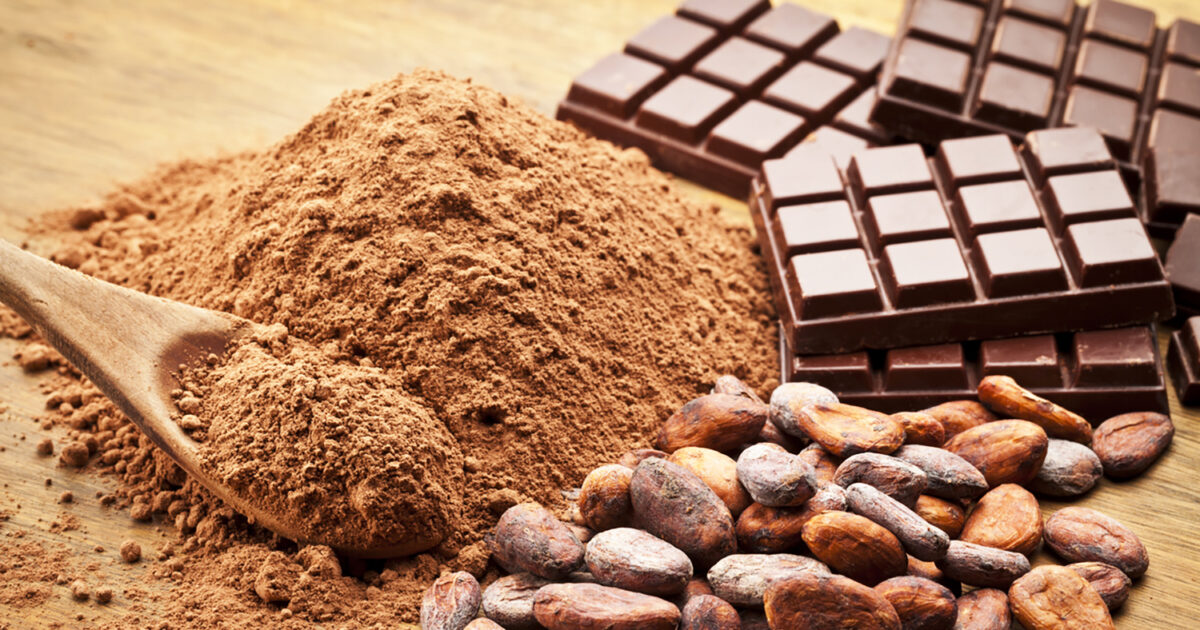Have you ever seen on a store shelf chocolate With 98% cocoa and wondered why not 100%? What can be hidden in this 2% missing?
The answer is not just chemical or tasty – it is a short story of balance between the taste, gastronomy and the strengths of our palate.
Chocolate with 98% cocoa is almost a raw … power. Most of it consists of cocoaza and cocoa butter – the two main natural ingredients of cocoa.
But for the rest of the small percentage, there is a touch of magic: a little sugar, a little vanilla, maybe a drop of lecithin. Small details that do not add sweetness but give depth, balance and texture to the end result.
So when a chocolate writes 98%, it means that 98% of its contents are derivatives cocoa (solid and cocoa butter), while the remaining 2% usually include the rest of the ingredients.
On the contrary, 100% cocoa chocolate is a completely different experience. Hard, intense, almost wild. It is bitter and is mainly aimed at those who treat chocolate as raw raw material or strict dietary choice. For the rest, it may be reminiscent of more medicinal preparation than sweet treat.
That is why most producers choose 95%, 98%, and even 99%round – maintaining the natural intensity of cocoa, but adding exactly what it takes to make it enjoyable, even if you don’t say a “tasty”.
After all, chocolate is not only a matter of rates, but a matter of balance. Like a good espresso it’s not just coffee and water, so a piece of chocolate is more than a number.
In conclusion, 100% means pure cocoa, that is, no blend, not even a trace of sugar or other additives. This chocolate is extremely bitter and intense and is only aimed at those who want the utterly “raw” cocoa experience.
On the contrary, a 98% chocolate has little sweetness that balances the intensity of cocoa, and is more enjoyable in taste for more than consumers.
